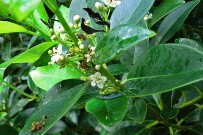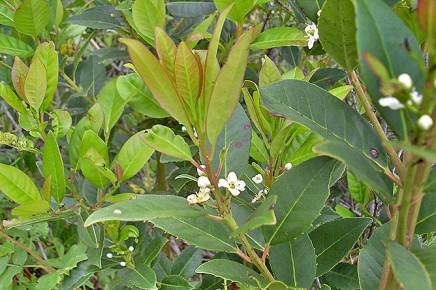-

-
We are specialists for your holidays in La Palma. With personalized assistance on-site.

Ulrich & Evelyn Roth -
Our service numbers
Write e-mail+34 822 68 00 89
+49 7442 819 85 90
We're available from Monday to Friday from 10:00 a.m. to 6:00 p.m., and Saturdays from 10:00 a.m. to 1:00 p.m.
-
Accommodations
- with pool 90
- on the seaside 42
- with internet 204
-
Northwest >>
130
- Aguatavar 7
- Arecida 6
- El Castillo 1
- Garafía 4
- Las Tricias 7
- Puntagorda 42
- Tijarafe 22
- Tijarafe Costa 6
- Tijarafe El Jesús 12
- Tijarafe La Punta 21
- Tinizara 2
-
Aridane Valley >>
225
- Celta 7
- Charco Verde 3
- El Paso 23
- Hermosilla 1
- La Bombilla 2
- La Laguna 11
- Las Manchas 24
- Las Norias 11
- Los Llanos de Aridane 25
- Puerto de Naos 45
- San Nicolas 8
- Tacande 2
- Tajuya 9
- Tazacorte Costa 5
- Tazacorte Puerto 14
- Tazacorte Villa 23
- Todoque 12
-
South >>
31
- Fuencaliente 7
- Las Indias 4
- Lomo Oscuro 1
- Los Quemados 6
- Salemera 2
- Tigalate 2
- Villa de Mazo 9
- East >> 16
-
Northeast >>
5
- Barlovento 2
- Los Sauces 2
- Puntallana 1
The Canary Holly
“Acebiño”
"acebiño"
Canary Holly
Ilex canariensis
As a Macaronesian endemite the Canary Holly is found not only on the central and western Canary Islands, but also on Madeira.
-
Worldwide there are close to 600 species

Most Holly species grow in the tropics and subtropics of the New World as well as in East Asia.
The Canary Holly's scientific name is Ilex canariensis.
Depending on its location the evergreen „acebiño“ grow as a shrub or tree and can be up to 10 meters tall.

Its bark is grey-white and has light spots. The wood is very hard and has been used to make tool handles and other utensils.
On La Palma the slow growing tree is found in the laurel forest in Monteverde and in the dry Tree-Heath- (fayal-brezal) zone - between a height of 600 to 800 meters.

In the damper Barrancos you can find the Canary Holly already at a height of 300 meters.

The oval (egg shaped) leaves are approx. 6 to 8 cm long and leathery coarse.
The upper side has a glossy green appearance, the backside is brighter and its margins are smooth.

There are mainly new shoots, who have dented leaf margins.
In April / May the small, white blossoms open.
The „acebiño“ is dioecious. One plant carries male flowers, the other the female ones - and thanks to the bees pollination works just fine.
From October on you can spot the berries.
They reach a diameter of about 1 cm and during winter they change their colour from green to bright red, later on they turn dark red.
Photos: Ines Dietrich



